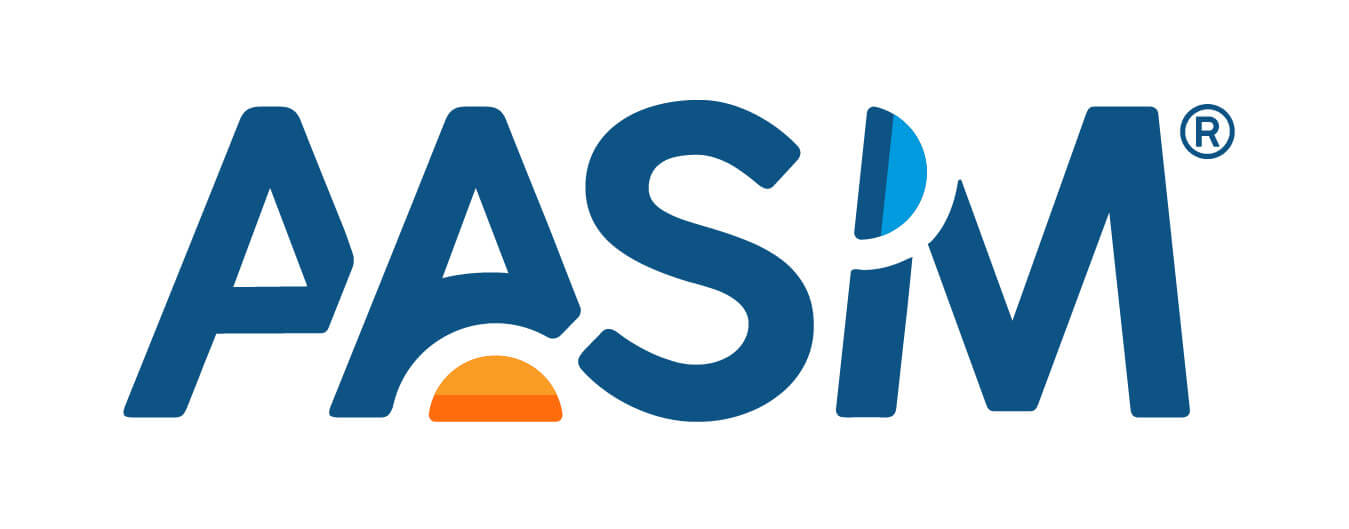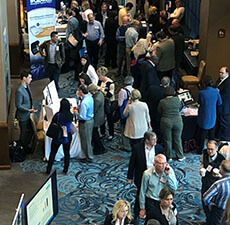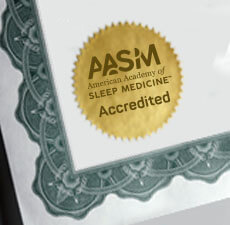Sleep (Polysomnographic) Trainee
Position Summary
A sleep trainee develops competency in and performs basic sleep testing procedures and associated interventions. The sleep trainee works under direct supervision of a sleep technician or a sleep technologist.
Domains of Practice
Sleep Study Preparation and Set-up
- Review the patient’s history and verify the medical order.
- Follow sleep center protocols related to the sleep study.
- When patients arrives, verify identification, collect documents and obtain consent for the study.
- Explain the procedure and orient the patient for either in center or out of center sleep testing.
- Select appropriate equipment and calibrate for testing to determine proper functioning and make adjustments, if necessary.
- Apply electrodes and sensors according to accepted publishing standards.
Procedures
- Follow procedural protocols [such as Multiple Sleep Latency Test (MSLT), Maintenance of Wakefulness Test (MWT), parasomnia studies, PAP and oxygen titration, etc.] to ensure collection of appropriate data.
- Perform appropriate physiological calibrations to ensure proper signals and make required adjustments.
- Follow “lights out” procedures to establish and document baseline values (such as body position, oxyhemoglobin saturation, respiratory and heart rates, etc.)
- Perform data acquisition while monitoring study-tracing quality to ensure signals are artifact-free. Identify, correct and document artifact.
- Document routine observations, including sleep stages and clinical events, changes in procedure, and other significant events in order to facilitate scoring and interpretation of polysomnographic results.
- Assist with appropriate interventions (including actions necessary for patient safety and therapeutic intervention such as positive airway pressure, oxygen administration, etc.).
- Follow “lights on” procedures to verify integrity of collected data and complete the data collection process (e.g. repeats the physiological and instrument calibrations and instructs the patient on completing questionnaires, and check for completeness, etc.).
- Demonstrate proficiency in recognizing sleep vs. wake and identify clinical events while monitoring sleep study patients.
- Demonstrate the knowledge and skills necessary to recognize and provide age specific care and treatment, assessment, and education of neonatal, pediatric, adolescent, adult, and geriatric patients.
- Demonstrate the knowledge and skills necessary to perform portable monitoring equipment preparation and data download.
- Perform patient education and instruction appropriate for out of center sleep testing.
- Demonstrate adherence to cleaning and disinfection procedures for portable monitoring devices.
- Demonstrate ability to identify artifact, inadequate signals and study failures in portable monitoring.
Service Management and Professional Issues
- Comply with applicable laws, regulations, guidelines and standards regarding safety and infection control issues.
- Assist with routine equipment care and maintenance and inventory evaluation.
- Maintain current CPR or BCLS certification.
- Demonstrate computer skills appropriate for the position.
- Demonstrate effective written and spoken communication skills.
- Demonstrate appropriate social skills.
- Demonstrate customer service skills.
- Demonstrate critical thinking skills and ability to follow directions.
- Demonstrate teamwork skills.
- Follow HIPAA policies to maintain the privacy and security of patient information.
- Adhere to sleep center policies related to quality assurance.
Education and/or Experience
High school diploma or GED plus six months of direct patient care experience or one year of postsecondary education.
OR
Current enrollment in an accredited educational program leading to an associate degree with an emphasis in sleep technology.
Physical Demands
The physical demands described here are representative of those that must be met by an employee to successfully perform the essential functions of this job. Reasonable accommodations may be made to enable individuals with disabilities to perform the essential functions.
While performing the duties of this job, the employee is frequently required to stand; use hands to finger, handle, or feel; reach with hands and arms; climb or balance; and talk or hear. The employee is occasionally required to walk; sit; and stoop, kneel, crouch, or crawl. The employee must regularly lift and/or move up to 10 pounds, frequently lift and/or move up to 25 pounds, and occasionally lift and/or move up to 50 pounds. Specific vision abilities required by this job include close vision, distance vision, color vision, peripheral vision, depth perception, and ability to adjust focus.
Work Environment
The work environment characteristics described here are representative of those an employee encounters while performing the essential functions of this job. Reasonable accommodations may be made to enable individuals with disabilities to perform the essential functions.
In the performance of this job, the employee may be exposed to chemical vapors such as cleaning and disinfecting solutions. There may also be skin contact with these substances. The employee may also be exposed to infectious agents including bloodborne pathogens.
NOTE: This job description is not intended to be all-inclusive. Employee may perform other related duties as negotiated to meet the ongoing needs of the organization.




